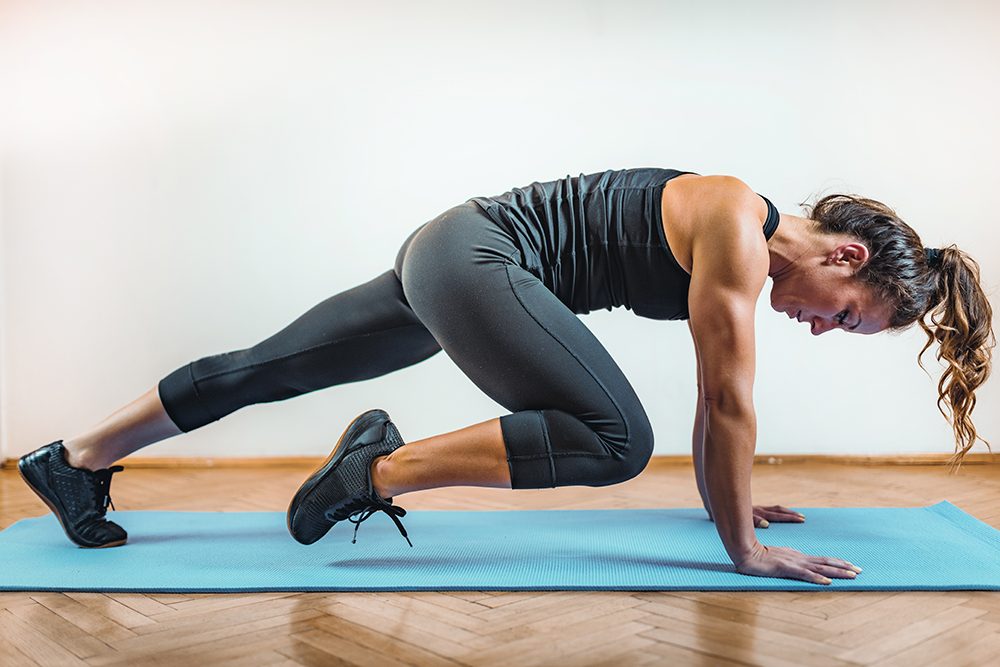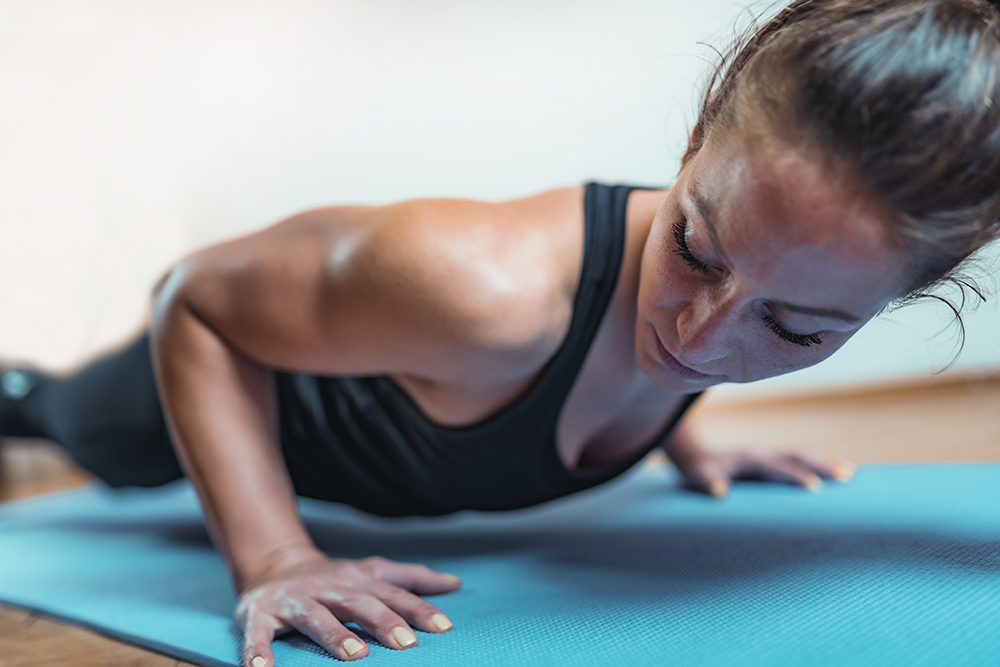
There are numerous types of training techniques out there, and sometimes it takes some experimentation to figure out which methods are best for which athletes. There's been a lot of talk about high-intensity interval training (HIIT) being something that can benefit any athlete or someone just trying to get into shape. Let's talk about what HIIT is and how to prepare for an interval workout.
High-intensity interval training consists of a short period of intense activity followed by a less strenuous activity before resuming the cycle all over again. An example of a basic HIIT workout might include a one-minute all-out sprint followed by two minutes of walking. This cycle is repeated for a specific number of reps for a specific period of time, say 15 minutes. Over the course of your 15-minute sprint workout, you'd run as hard as you can for one minute then slow your pace for two before cranking it back up again for another minute then slowing it down and repeating for a total of five one minute sprints followed by a two-minute walk.
HIIT sessions aren't meant to be marathon runs. They're designed to be completed in a short amount of time, which is why they involve a brief period of going as hard as you can followed by rest.

As we've mentioned, HIIT sessions are popular because they only last for a brief time allowing them to be scheduled into busy days. You don't have to find an hour to hit the gym or go for a run. With a high-intensity interval workout, you can easily work 15 minutes into your day in order to stay fit and active.
Many HIIT workouts involve no equipment. You don't have to worry about finding a facility that has all the tools you'll need to get a great workout. Without the need for extra equipment, it's fairly easy to find a convenient location to get a quick workout in.
Besides convenience, interval training has become popular because it provides a very effective workout for a number of reasons.
- Quickly raises your heart rate
- Burns fat
- Builds muscle
- Produces sweat quickly
Interval training is great for anaerobic heart rates. This type of exercise strengthens your heart and can give you more endurance in the long run. Getting that anaerobically elevated heart rate quickly during an intense workout is incredibly important for heart health.
A well-planned HIIT workout will burn fat while retaining muscle. Many diets and cardio exercises run the risk of burning muscle along with fat. Most high-intensity workouts will not only preserve the muscle mass you have but help increase it.
A high-intensity workout produces sweat faster. Sweat helps flush toxins from your system and can lead to an overall healthier body. Just remember that hydration is very important when you sweat, and we'll go deeper into HIIT and hydration later.

When deciding on what high-intensity interval exercise is best for you, remember that it should involve short bursts of hard work followed by periods of rest. We've already discussed sprints, but some other examples of popular HIIT routines include:
- Cycling
- Burpees
- Mountain climbers
- Rowing
There are hundreds of possible routines that you can design. Some, such as rowing or cycling, may require equipment, but there's also a myriad of intense workouts you can come up with that involve brief and intense activity followed by rest or low-key activity. We don't have the time or space to cover every possible workout here, but the trainer at your local gym should be able to get you on the right path.

Don't make the mistake of assuming that your HIIT sessions are short so you don't need to plan on extra hydration. It's vitally important that you not only hydrate but consume the right fluids to help you get the most of your interval training before and after your session.
Leading up to your workout, you should maintain a regular hydration schedule by drinking a glass of water or other hydrating fluid every hour. About half an hour before an interval training session, it may be wise to consume a TapouT sports beverage. Don't be fooled by the short length of your workout, your body will need much more than plain water to get the best results during any training session.
Interval training will produce a ton of sweat, and TapouT helps stock up on the natural sodium that will be flushed out of your system along with toxins when you sweat. Your body requires sodium to retain fluids, and if you lose these fluids too quickly, you may not have the stores to power through your entire workout.
TapouT Citrus Kick also contains 120 calories to fuel your body during training. It's not counterproductive to consume calories an hour or even half an hour before a workout. The calories from TapouT will be absorbed by your muscles and released to give you that energy boost you require to push through your entire training session for incredible results.
You may also wish to consider downing a TapouT beverage after your interval training. Not only does your body need fluids replenished after an intense workout, you'll also find that it's craving other nutrients that water simply cannot replenish. TapouT contains four essential electrolytes that will go a long way towards helping your muscles recover from your HIIT session:
- Potassium
- Magnesium
- Chloride
- Calcium
It's also important not to neglect your mind after a workout. Have you ever felt mentally groggy post-workout? You could be burning the vitamins that your mind needs to stay sharp. TapouT contains vitamins A, C, E, B2, B3, B5, B6 and B12 to renew your mind and give you an energy burst during recovery.
For those looking for a low-sugar option, TapouT is also available in a 10-calorie Cherry Lemonade Blast flavor.
